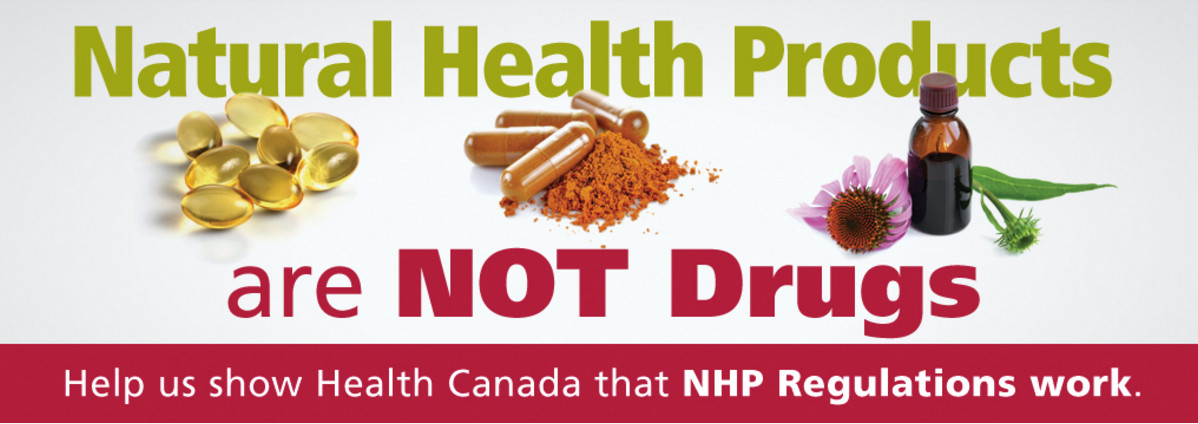
Botanical products have risen, both in popularity and sales, over recent years partially due to their perceived safety and positive influence upon health markers.1 Consumers frequently use botanicals to support maintenance of health and management of chronic diseases, and usually as an adjunct to prescription medications.1(1) However, said botanicals are not always regulated in a ubiquitous fashion; considering that approximately 80% of the global population regularly use botanicals raises concern about their safety and effectiveness.2 As such, the following will consider botanical regulation in greater detail, specifically in this author’s home country; Canada.

A botanical is characterized as a finished product or set of ingredients produced from plant materials; a process and approach which has been utilized by humans since the emergence of civilization more than 60,000 years ago.2(2) Botanicals can be regulated and marketed as dietary ingredients, foods, cosmetics, drugs, color additives, flavorings, and fragrences.2(2) However, when used in a healthcare setting, botanicals have escaped regulatory harmonization, especially in North America where the United States and Canada have both similar and diverging policies.2(2) Please see the chart from Tamayo and Huang 2(4-5) for greater detail: Canada and USA

Canadian law has not defined botanicals in an explicit fashion, and has granted freedom to market the same along a spectrum of domestic channels such as food additives, food, devices, and cosmetics.2(2) A rather unique category in the Canadian system includes Natural Health Products (NHPs) that might contain: plant material or a plant, bacterium, alga, isolates, extracts, fungus, vitamins/synthetic vitamins.2(2) Such NHPs are intended to restore/modify organic functions in a fashion that promotes and maintains health.2(2) Furthermore, NHPs are regulated by the Nonprescription Natural Health Products Directorate indicating they are not drugs, prescription products, fortified foods, or foods; such categorization allows for uninhibited direct to consumer (DTC) marketing.2(2)

Canada has regulated NHPs based on the intended use to include: health condition, health effect (cure, diagnosis, prevention, risk reduction, health support, health maintenance), and general health claims (modifying organic function so as to promote health).2(2) As mentioned previously, such a style of regulation has allowed for accessibility to the general public. However, Health Canada has not elucidated strict guidelines concerning the development pathway of botanicals as prescription drugs.2(2) One particular challenge of having prescription drugs and NHP access (to the public) is the risk of drug/NHP interactions. As such, the following will consider said occurrences in greater detail and the potential consequences of concurrent use.

Grimstein and Huang1(1) stated that 20% of Americans acknowledge using botanicals while 20-30% of said population concurrently take prescription medications. Most relevantly, approximately 70% Americans who use botanicals do not disclose their consumption when visiting health care providers for health-related issues.1(1) Such an event lays fertile ground for potential, and adverse, botanical-drug interactions which demands better communication to the general public about botanicals and the risks of botanical/drug interactions (BDIs). Furthermore, individuals who are engaged in polytherapy, who have chronic liver or kidney diseases, long-term drug regimens, HIV/AIDS, cancer, and/or organ transplant are more susceptible to BDIs.1(1)

A lack of regulation for botanicals raises issues mentioned in the aforementioned section and is particularly complicated if an individual is taking oncology drugs, anti-retroviral agents, immunosuppressants, and medications affecting the central nervous system.1(1) Additionally, Grimstein and Huang1(2) noted that BDIs could lead to failure of traditional medical interventions, as seen by the case-reports of cyclosporine, St. John’s Wort, efavirenz, and Ginkgo; botanical products containing Ginkgo and St. John’s Wort had the most predominant number of documented interactions with prescription drugs. Such knowledge does encourage one to consider if botanicals should be labeled as a drug to control its misuse. Conversely, such a choice would inhibit a consumer’s right to choose if a botanical was reclassified as a drug.
In conclusion, botanical products have risen, both in popularity and sales, over recent years partially due to their perceived safety and positive influence upon health markers. Consumers frequently use botanicals to support maintenance of health and management of chronic diseases, and usually as an adjunct to prescription medications. Allowing botanicals to follow DTC pathways provides the individual, arguably, the fundamental right to choose. However, it is incumbent upon consumers to voice their use of said botanical when seeking medical advice and interventions from their family physician. Such an approach is especially relevant if pharmaceutical drugs are recommended to the patient. Ultimately, when transparency is upheld and maintained between the patient and family physician, the opportunity for meaningful communication and effective treatment interventions becomes possible.
References
1. Grimstein, M, Huang SM. A regulatory science viewpoint on botanical-drug interactions. JFDA. 2018;26(2S):1-15. doi:10.1016/j.jfda.2018.01.013.
2. Tamayo C, Hoffman FA. Botanical regulation: Comparison of the United States and Canada. Pharm Regul Aff. 2017;6(1):1-6. doi: 10.4172/2167-7689.1000189.
-Michael McIsaac
